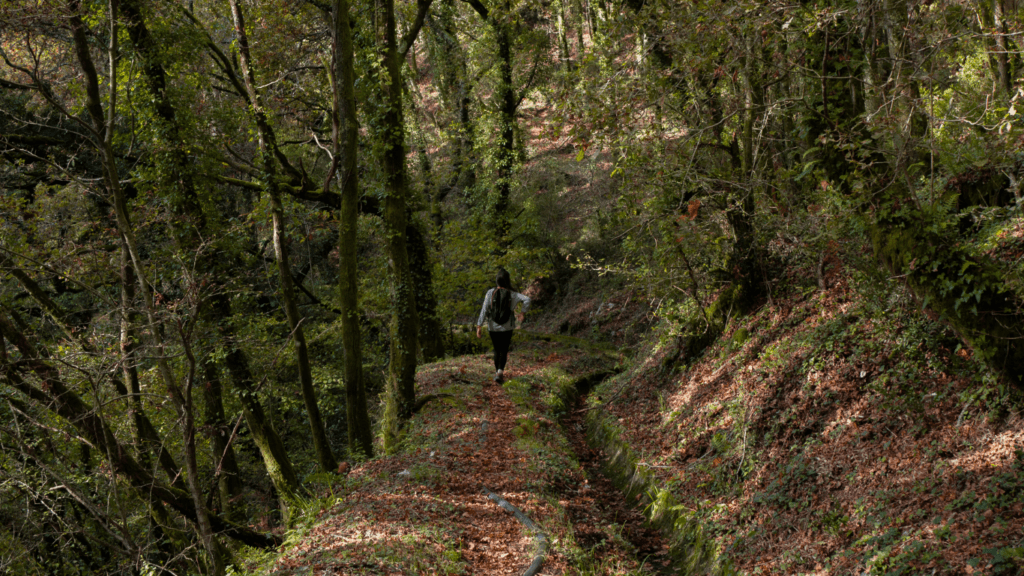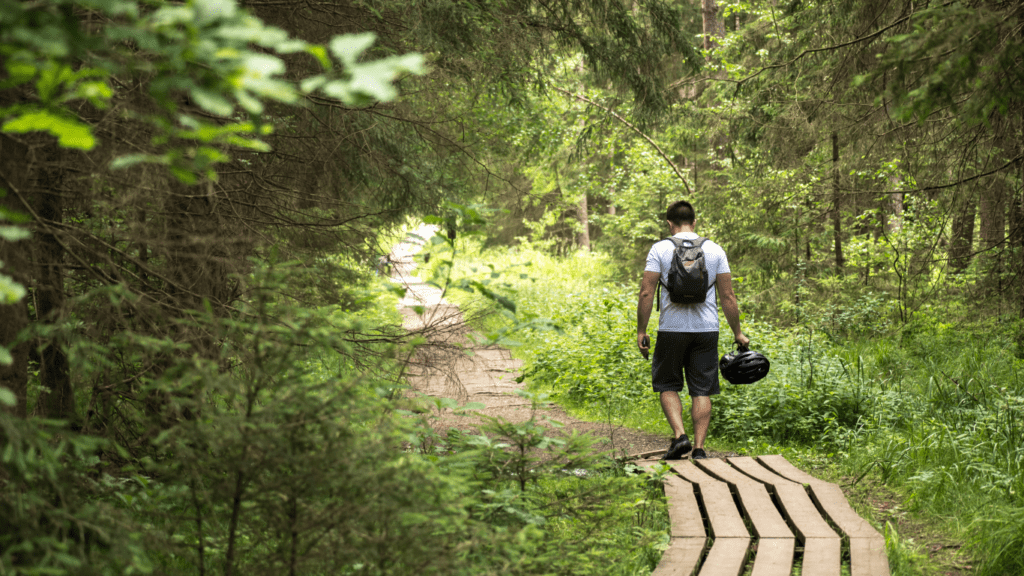Embarking on a solo hiking adventure can be an exhilarating experience, offering a unique opportunity for self-discovery and connection with nature. However, ensuring your safety on the trail is paramount. In this article, I’ll share essential safety tips to help solo hikers navigate their outdoor excursions with confidence and preparedness.
As an avid hiker myself, I understand the importance of being well-equipped and informed before setting off on a solo trek. From planning your route and packing essential supplies to staying alert and aware of your surroundings, there are key strategies that can significantly enhance your safety while hiking alone. Join me as I delve into practical advice and expert tips to empower solo hikers to enjoy the great outdoors responsibly and securely.
Importance of Safety for Solo Hikers
Ensuring safety while hiking solo is paramount for any outdoor enthusiast. As a seasoned hiker, I understand the thrill of exploring nature alone, but it’s crucial to prioritize safety above all else. By following essential safety practices, solo hikers can embark on their adventures with confidence and peace of mind.
Essential Gear for Solo Hiking
When embarking on solo hiking trips, ensuring you have the right gear is crucial for your safety and enjoyment. Here’s a breakdown of the essential items you should have with you:
Footwear
Proper footwear is key to a successful solo hiking experience. Opt for sturdy hiking boots or shoes with good traction to prevent slips and provide ankle support on rugged terrain. Investing in quality footwear is investing in your safety.
Navigation Tools
Carrying reliable navigation tools such as a detailed map, a compass, and a GPS device is non-negotiable for solo hikers. These tools are essential for staying on course, especially in unfamiliar or remote areas. Familiarize yourself with how to use these tools before hitting the trail.
Planning Your Solo Hike
When planning your solo hike, researching the trail is a crucial first step. It’s essential to gather information about the terrain, distance, elevation gain, and any potential hazards along the trail.
Researching the Trail
Before embarking on a solo hike, I always research the trail thoroughly. I check online resources, trail guides, and maps to familiarize myself with the terrain, trail difficulty, and any specific rules or regulations in the area. It’s important to know the distance of the hike, the estimated time it will take, and the elevation gain to ensure I am prepared for the journey ahead. Additionally, I pay attention to any recent trail conditions or closures that may affect my plans. By conducting thorough research, I can make informed decisions and stay safe on the trail.
Safety Precautions During the Hike
Ensuring safety during a solo hike is my top priority. Here are essential safety precautions to consider while on the trail:
Stay Hydrated:
Carry an adequate amount of water to stay hydrated throughout the hike.
It’s crucial to drink water regularly, even if you don’t feel thirsty.
Check the Weather:
Before embarking on the hike, check the weather forecast.
Be prepared for any changes in weather conditions by dressing in layers and carrying necessary rain gear.
Inform Someone:
Before starting the hike, inform a friend or family member of your planned route and expected return time.
In case of an emergency, having someone aware of your whereabouts can be crucial.
Stay on Designated Trails:
Stick to marked trails to avoid getting lost.
Veering off the trail can lead to disorientation, so it’s essential to follow the established path.
Pace Yourself:
Maintain a steady pace that suits your fitness level.
Overexerting yourself can lead to fatigue or injury, so listen to your body and take breaks as needed.
By following these safety precautions during the hike, solo hikers can enhance their trail experience while prioritizing their well-being.
Emergency Protocols and Communication
Ensuring effective emergency protocols and communication strategies is paramount for solo hikers. In case of unexpected situations, having a plan in place can make a significant difference in outcomes. Here are essential tips to enhance your safety on the trails:
- Emergency Contact: Carry a fully charged phone and provide a trusted contact with your itinerary. Let them know your planned route, expected return time, and how to reach the local authorities if needed.
- GPS Devices: Consider using GPS devices or smartphone apps that provide real-time tracking and emergency signaling. These tools can pinpoint your location in emergencies, aiding rescue efforts.
- Emergency Signals: Learn universal distress signals such as whistle codes, mirror flashes, or signals using rocks or branches. These can help you attract attention if you’re in distress.
- Stay Calm: In case of an emergency, try to remain calm and assess the situation rationally. Panicking can cloud judgment and hinder your ability to take appropriate actions.
By implementing these emergency protocols and communication strategies, solo hikers can better prepare for unforeseen circumstances and stay safe on their adventures.



 Dominic Reed brings his extensive experience in outdoor survival and adventure sports to Terra Tactician Tactics, where he plays a crucial role in the platform's development. With a background in outdoor education and a deep love for wilderness exploration, Dominic is committed to creating content that inspires and informs readers. He specializes in writing articles on survival skills, advanced camping techniques, and gear recommendations, drawing from his own adventures and hands-on expertise. Dominic's practical approach and engaging storytelling help readers prepare for their outdoor pursuits, ensuring they are well-equipped for whatever nature throws their way.
In addition to his writing, Dominic actively collaborates with the team to expand the platform's reach and impact. He is passionate about connecting with the outdoor community and sharing his knowledge with those eager to learn more about survival tactics and adventure sports. His contributions have been instrumental in positioning Terra Tactician Tactics as a go-to resource for enthusiasts seeking to elevate their outdoor experiences. Dominic's dedication to the project is driven by his belief in the transformative power of nature and his desire to help others develop a deeper connection to the wild.
Dominic Reed brings his extensive experience in outdoor survival and adventure sports to Terra Tactician Tactics, where he plays a crucial role in the platform's development. With a background in outdoor education and a deep love for wilderness exploration, Dominic is committed to creating content that inspires and informs readers. He specializes in writing articles on survival skills, advanced camping techniques, and gear recommendations, drawing from his own adventures and hands-on expertise. Dominic's practical approach and engaging storytelling help readers prepare for their outdoor pursuits, ensuring they are well-equipped for whatever nature throws their way.
In addition to his writing, Dominic actively collaborates with the team to expand the platform's reach and impact. He is passionate about connecting with the outdoor community and sharing his knowledge with those eager to learn more about survival tactics and adventure sports. His contributions have been instrumental in positioning Terra Tactician Tactics as a go-to resource for enthusiasts seeking to elevate their outdoor experiences. Dominic's dedication to the project is driven by his belief in the transformative power of nature and his desire to help others develop a deeper connection to the wild.